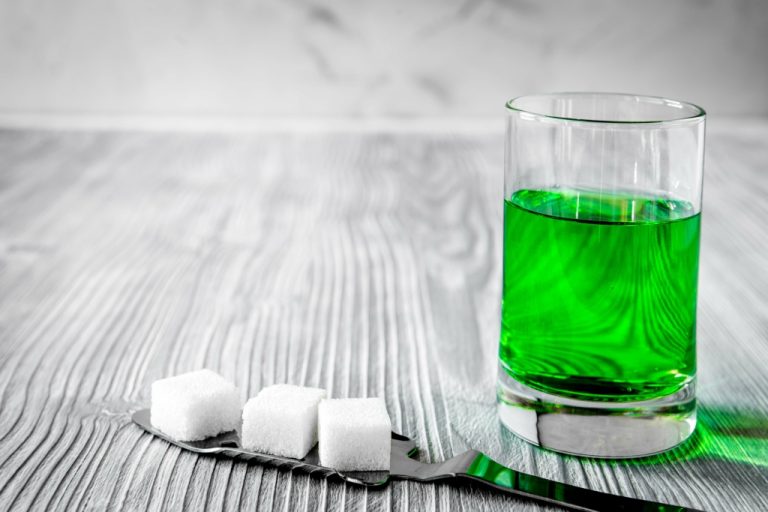It is also less common for these individuals to seek professional treatment. While environmental factors can play a significant role in the development of alcohol use disorder, genetics also plays an important role. Studies have shown that individuals with a family history of alcoholism are more likely to develop an alcohol use disorder themselves.

How to Stay on Track with Your Recovery After Detox
Family therapy can address related relational issues, especially in cases where familial patterns of alcohol dependence exist. Jellinek introduced a groundbreaking, more systematic typology of alcoholics. His gamma-delta typology focused on dependence and etiology, distinguishing types like gamma (dependent but with less physical damage) and delta (craving and compulsion without dependence). Jellinek’s model laid the foundation for understanding alcoholism as a disease process, emphasizing differing development and progression patterns.
The Role of Socioeconomic, Genetic, and Psychiatric Factors in Alcoholism Subtypes
The Functional Subtype of alcoholism is characterized by individuals who maintain a relatively stable and successful outward appearance despite their alcohol abuse. These individuals may hold steady jobs, have stable relationships, and exhibit a high level of functioning in society. However, they may rely heavily on alcohol to cope with stress or manage emotions. This high-functioning alcoholic subtype may be less likely to seek help due to their ability to maintain a functional lifestyle.
The Pathway to Healing: Essential Steps of Recovery from Addiction

Alcoholism is a complex disorder that can manifest in various ways, making it crucial to recognize and understand the different types of alcoholics. By identifying these subtypes, professionals can develop tailored treatment plans to address individual needs effectively. Understanding the nuances of each of these 5 types of alcoholics is instrumental in recognizing the diverse manifestations of alcohol use disorder. By identifying the specific subtype an individual aligns with, tailored interventions and support systems can be implemented to address their unique needs effectively. The young adult subtype is less likely to be employed or married but is more likely to be in college in comparison to other subtypes. Although this category consumes less frequently than others, they are more prone to engage in binge drinking.
Some thrill-seeking drinkers can be aggressive and seek out fights when they are under the influence of alcohol. Remember that recovery is a continuous process, and relapses may occur. It’s important to view relapses as opportunities for growth and learning, rather than as failures.
Please contact my office if you, a friend or family member suffer from alcoholism and are charged with a crime. Perhaps good defenses combined with hard work and strong dedication to a alcohol treatment program might persuade the Prosecutor to reduce or dismiss the charges. New Jersey Intervention is here to help guide your or your loved one to the right place for addiction treatment and mental health treatment. Outpatient alcohol rehab helps you maintain daily life while receiving therapy, family support, and aftercare for lasting sobriety. Researchers have identified specific genes that may contribute to the development of alcoholism. For example, variations in the genes that regulate dopamine levels in the brain may increase an individual’s susceptibility to addiction.
- People in this group have likely experienced job loss, homelessness, estranged relationships, and serious health issues due to their drinking.
- Binge drinking can bring blood alcohol concentration (BAC) to 0.08 percent.
- Criminal activity, disregard for safety, impulsiveness, deceitfulness, and a lack of remorse are the defining traits of this group.
- The CDC estimated that 56% of all alcohol-related deaths in the US from 2011–2015 involved people between 35–64 years of age.
Conclusion: Emphasizing the Heterogeneity of Alcohol Dependence

It’s likely that they continue to meet the demands of their environment and separate their drinking into a second area of their life. They are no less dependent on and addicted to their alcohol, they just hide it well. They rarely seek treatment for the problem they don’t think exists and even those Halfway house who do typically expect no more than a 12-step program to help.
Reach out to Sabino Recovery today—your path to lasting change begins with 5 types of alcoholics a single, courageous step. Intensive therapy & support for those who do not require 24/7 hospitalization. No matter what role you choose, with a master’s in health education and promotion online from Walden, you can start tackling some of today’s most pressing health problems—and changing the world.